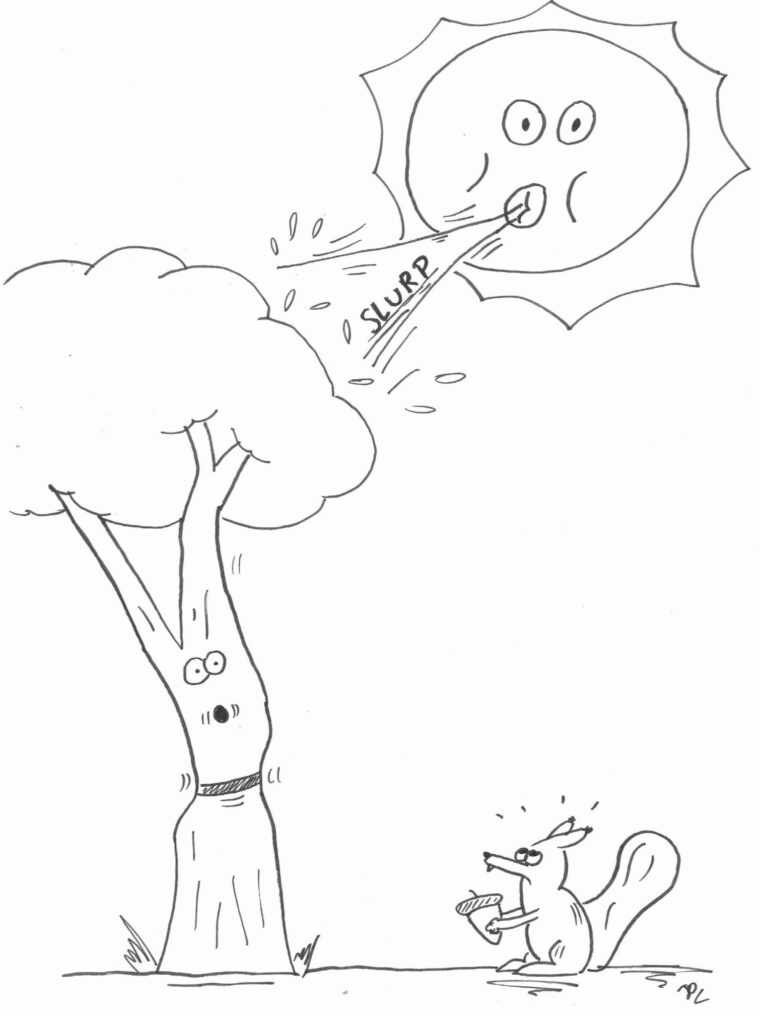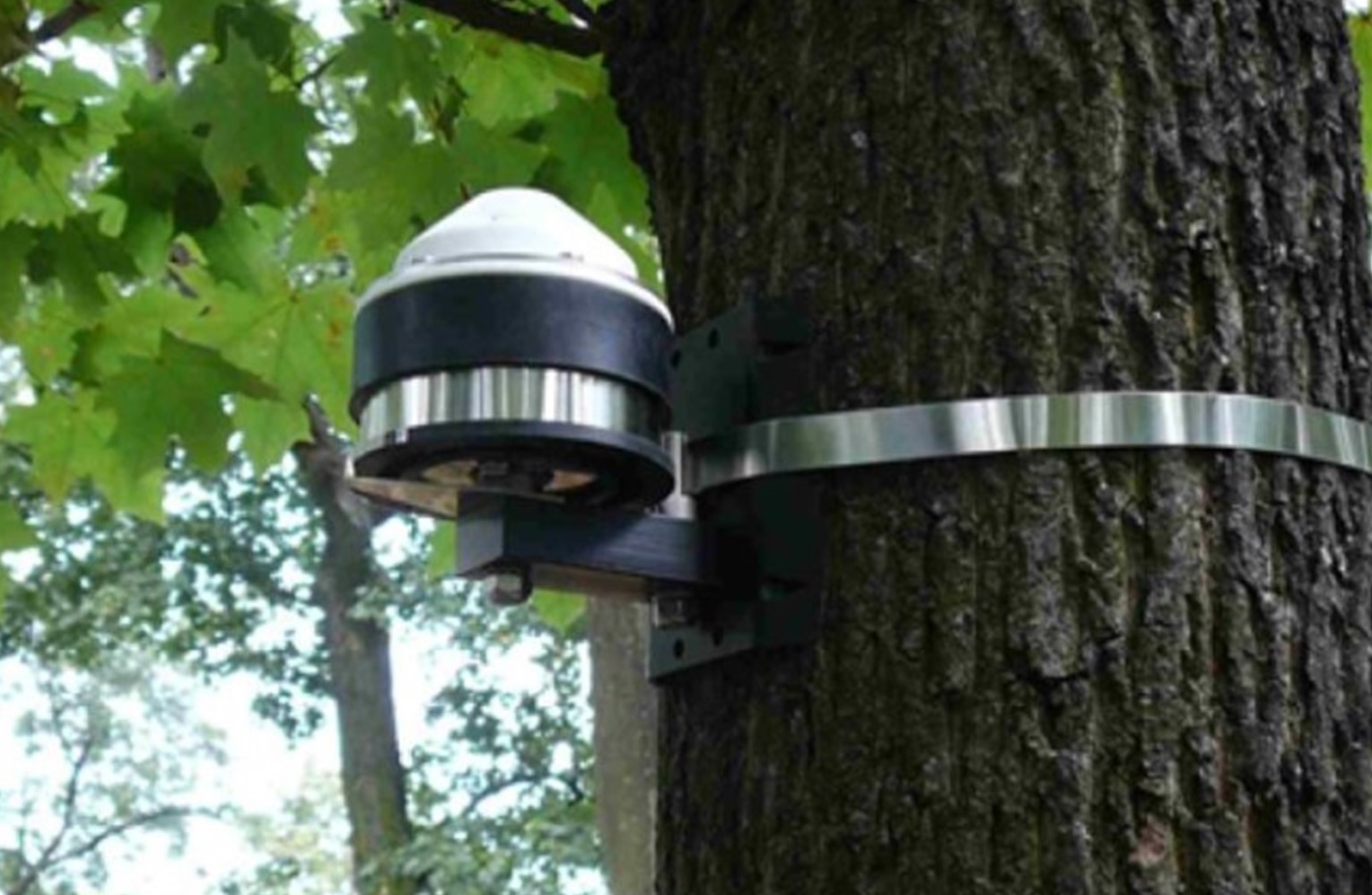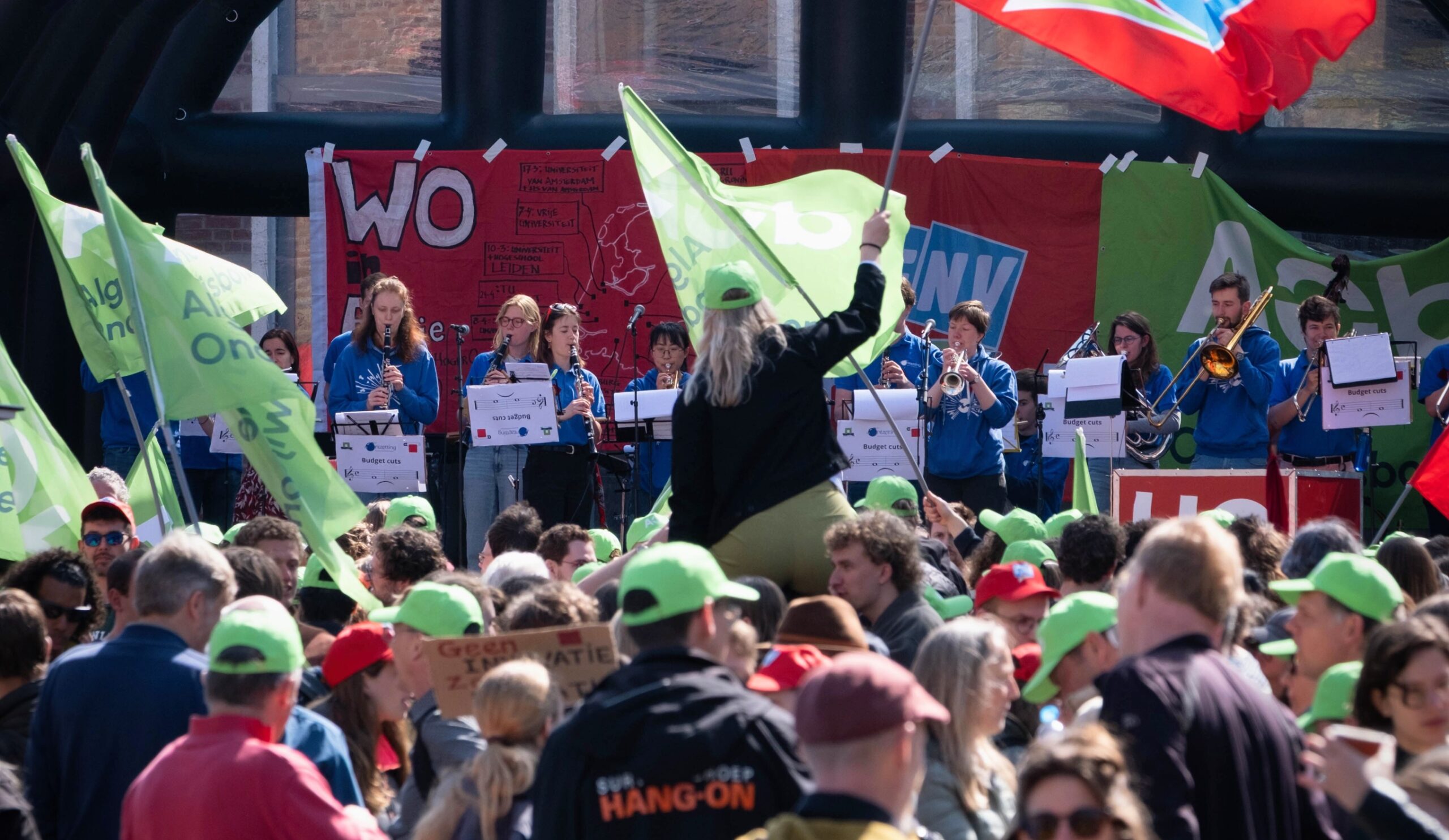Thus concludes a European study on how trees reacted to the 2018 heatwave. The study, which was initiated by Ute Sass-Klaassen (Forest Ecology and Forest Management) was published in Nature Communications.
The researchers used data obtained from a large number of dendrometers: instruments that meticulously record changes in the circumference of the tree’s trunk. ‘The idea for this study came to me during a cycling vacation in France in the summer of 2018,’ Sass-Klaassen says, ‘while I was catching my breath on a mountain summit in the cooling shade of a tree. I immediately phoned a colleague in Switzerland and said: we must do something with this. We must gather the data.’ And we succeeded in doing so, without any funding and in addition to our regular work.
Decent data set
However, although the idea was a simple one, implementing it was more challenging. ‘Even just getting a decent data set took over a year’, Sass-Klaassen explains. ‘Dendrometers come in all shapes and forms and have different resolutions -the number of readings per hour. And there may be gaps in a series of measurements due to power outages. I am extremely proud that we succeeded.’
The timing is crucial. The 2018 heatwave had a lower impact on growth in many places
Ute Sass-Klaassen, Forest Ecology and Forest Management
The growth and water management of 21 different types of trees in 53 different locations in Europe’s forests were mapped. The growth curves clearly show how different trees were affected by the heat. It became clear that heat stress does not necessarily have a negative impact on growth. In many places, the heatwave started after the trees had already completed most of their development for the season.

‘Trees start their growth at the end of April or beginning of May’, Sass-Klaassen states. ‘They experience accelerated growth until June, after which the growth stabilises. Drought in May and June has a severe impact. That is why the heatwave of 1976 was detrimental: it started early on in the season, after a dry winter. The 2018 heatwave had far less influence on growth in many areas.’
Lack of fluids
This, however, does not mean the trees were spared altogether. The heat causes the trees to shrink. This may not be visible to the naked eye, but the dendrometers do not lie. ‘If a tree is unable to replenish the fluids it loses during the day at night, the trunk literally shrinks. The lack of fluids, in addition to the damage to the foliage as a result of the enormous heat, reduces photosynthesis. This may affect growth in the next few years.’
The study also shows that not every type of tree is equally well equipped to handle drought. Oaks fare better than coniferous trees in all likelihood because their deeper roots allow them to better access groundwater. After a period of drought, trees absorb as much water as they can and resume their growth.
Dendrometers allow us to measure and map the physiology of the tree that is invisible to the naked eye
Ute Sass-Klaassen, Forest Ecology and Forest Management
According to the researcher, the study underscores the value of studying the trees themselves. ‘Dendrometers allow us to measure and map the physiology of the tree that is invisible to the naked eye. For years, it has been my dream to set up an extensive European network of dendrometers as an additional monitoring system next to forest censuses and remote sensing.’
Network
In collaboration with the Belgian (Gent) and Swiss colleagues and the European Forest Institute, WUR has been making efforts to put tree monitoring on the map. The Wageningen network of dendrometers, set up by professor Gert-Jan Nabuurs and recently expanded by co-author Bas Lerink, encompasses over one hundred trees. Two PhD candidates of the Environmental Sciences Group are to integrate data obtained from satellites and dendrometers to monitor how trees handle climate extremes.

 Photo Bas Lerink
Photo Bas Lerink 

